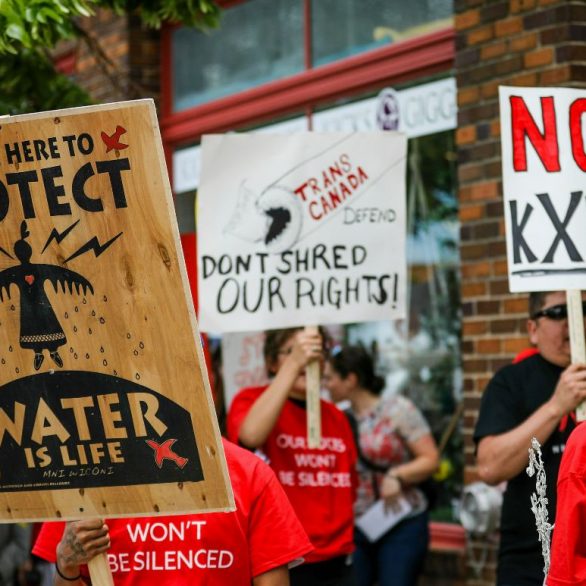Environmentalists are celebrating a string of wins that put the brakes on three major pipelines last week, but oil and gas industry insiders and even some green groups say those setbacks have barely made a dent in the sector’s growing web of infrastructure.
Despite the high-profile courtroom losses by the Keystone XL and Dakota Access oil pipelines and the cancellation of the Atlantic Coast natural gas project, the oil and gas industry has succeeded in putting tens of thousands of miles of new steel in the ground in recent years. And while green groups appear to be winning the public relations battle around some of the biggest projects, the activists may be losing the smaller skirmishes that are locking in fossil fuel infrastructure for years to come, according to industry analysts.
“One thing for sure is there is a lot going on in the pipeline world outside of the public attention on shiny objects like Keystone XL, DAPL or Atlantic Coast,” said John Stoody, vice president of government and public relations at trade group Association of Oil Pipe Lines, pointing to government records showing about 10,000 miles of oil pipelines were built since 2015. “While the many have been focused on debating the Atlantic Coast Pipeline, we’ve actually built and have newly operating over the last five years the mileage equivalent of over 18 Atlantic Coast Pipelines.”

